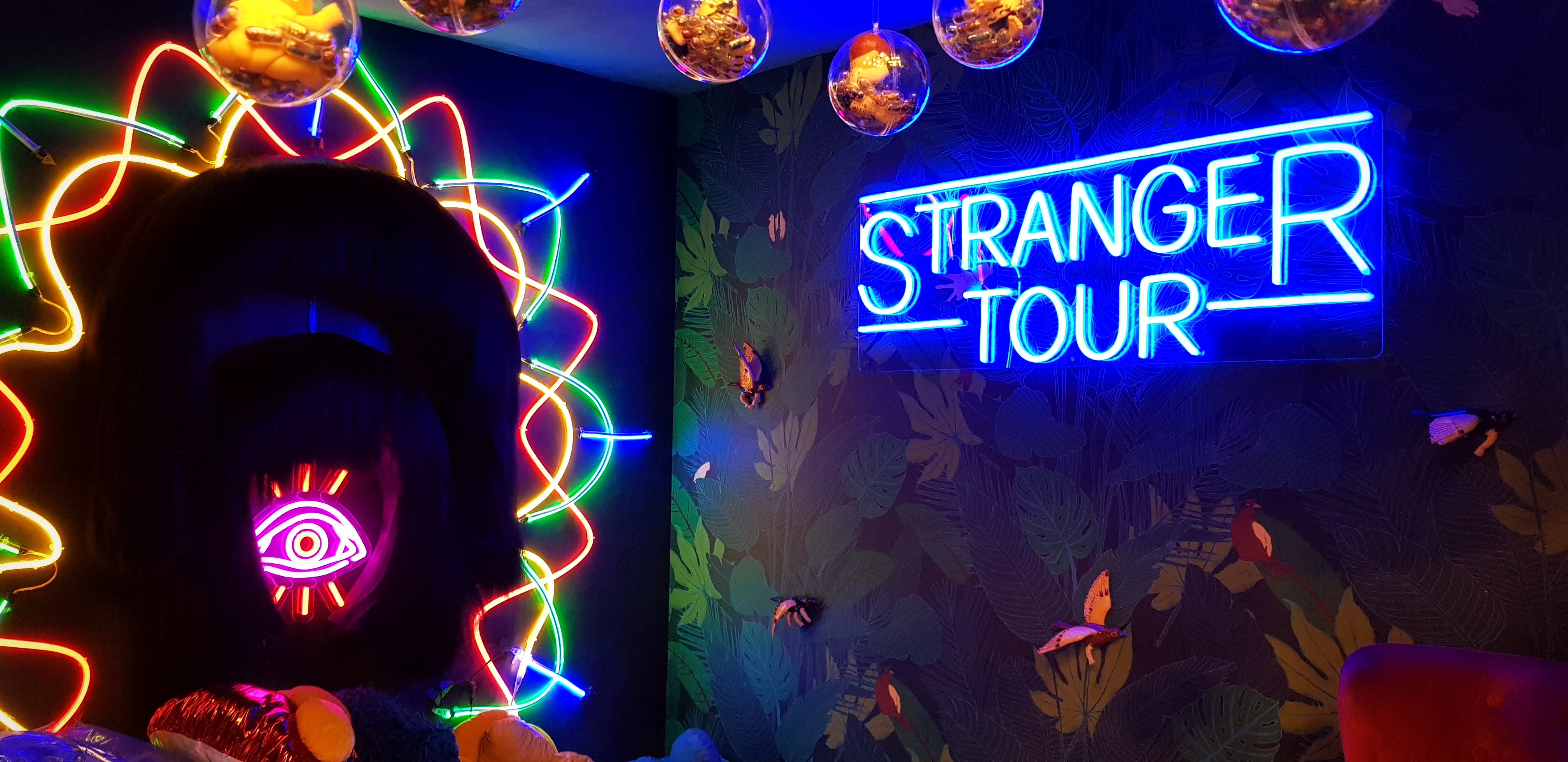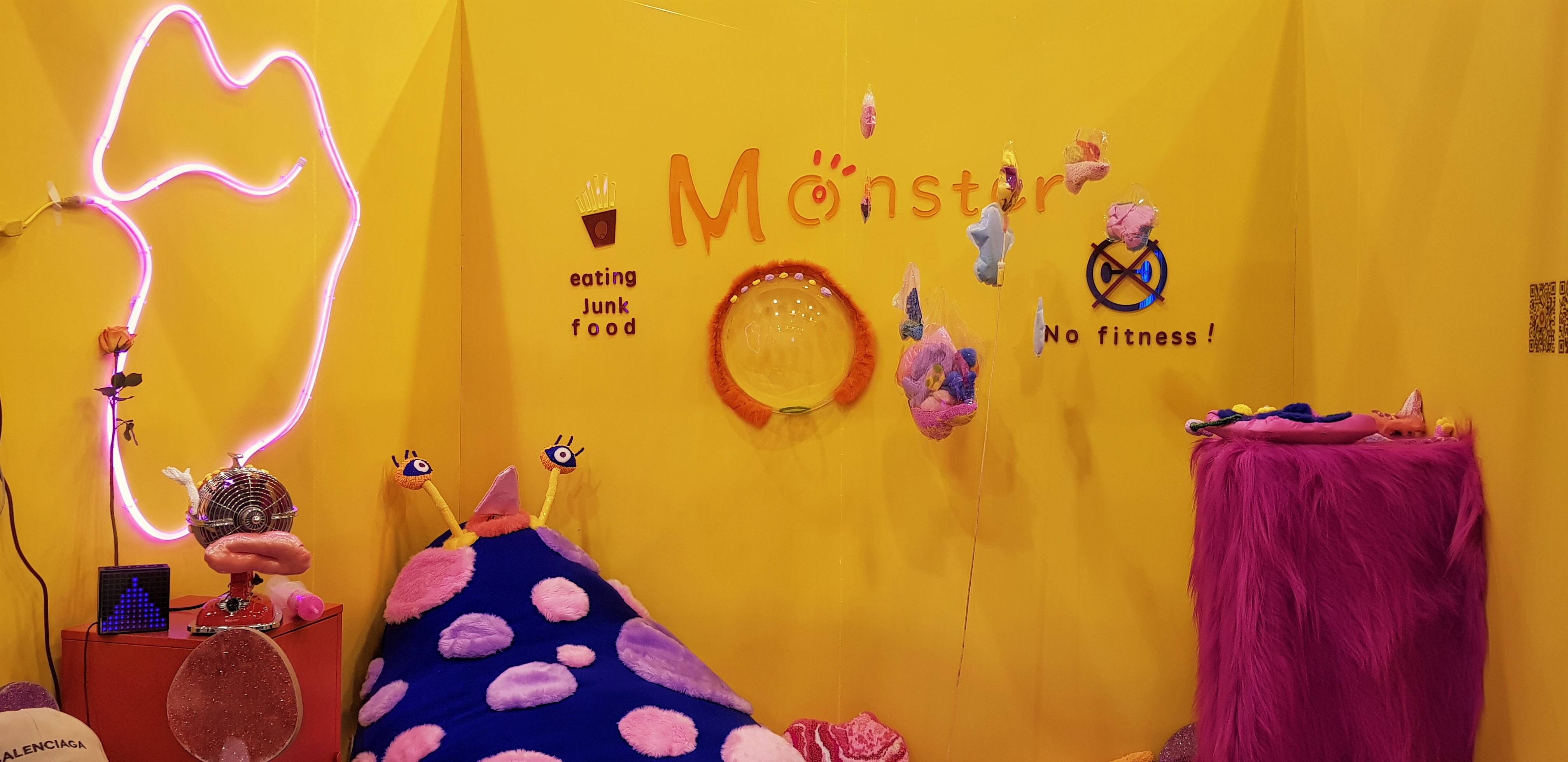 CAA Graduation Showcase 2018
CAA Graduation Showcase 2018
We had a great start to the week by attending the China Academy of Arts (CAA) Graduate Showcase. It was a really interesting showcase from various disciplines like architecture and industrial design.
We spent most of our time around the exhibition by the industrial design students because it was pretty interesting. There was a team who designed an entire set of eating utensils for patients suffering from Alzheimer’s. This disease tends to hinders an individual’s independence as they slowly lose their motor skills. That’s why the utensils, designed with curved edges and equipped with gyros, aims to aid patients in gaining some form of independence when eating.
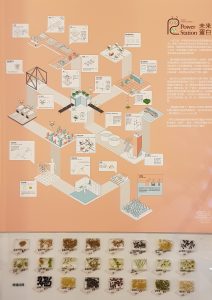
There was another interesting team that designed a “Power Station” for protein. The basis of the idea was that with problem of food shortage the team hopped onto the controversial idea of growing worms as a source for alternative protein. (Yes. They even gave out cooked worms for us to try.)
FLEX 2018
This Friday, my theme had the chance to visit the Future of Life Exhibition (FLEX) 2018! Thanks ZJU for sponsoring our tickets. It was really an exhibition for companies to showcase their latest technology in the market. Companies include HelloBike 哈罗单车, Aliyun 阿里云, Tmall 天猫精灵 and et cetera.
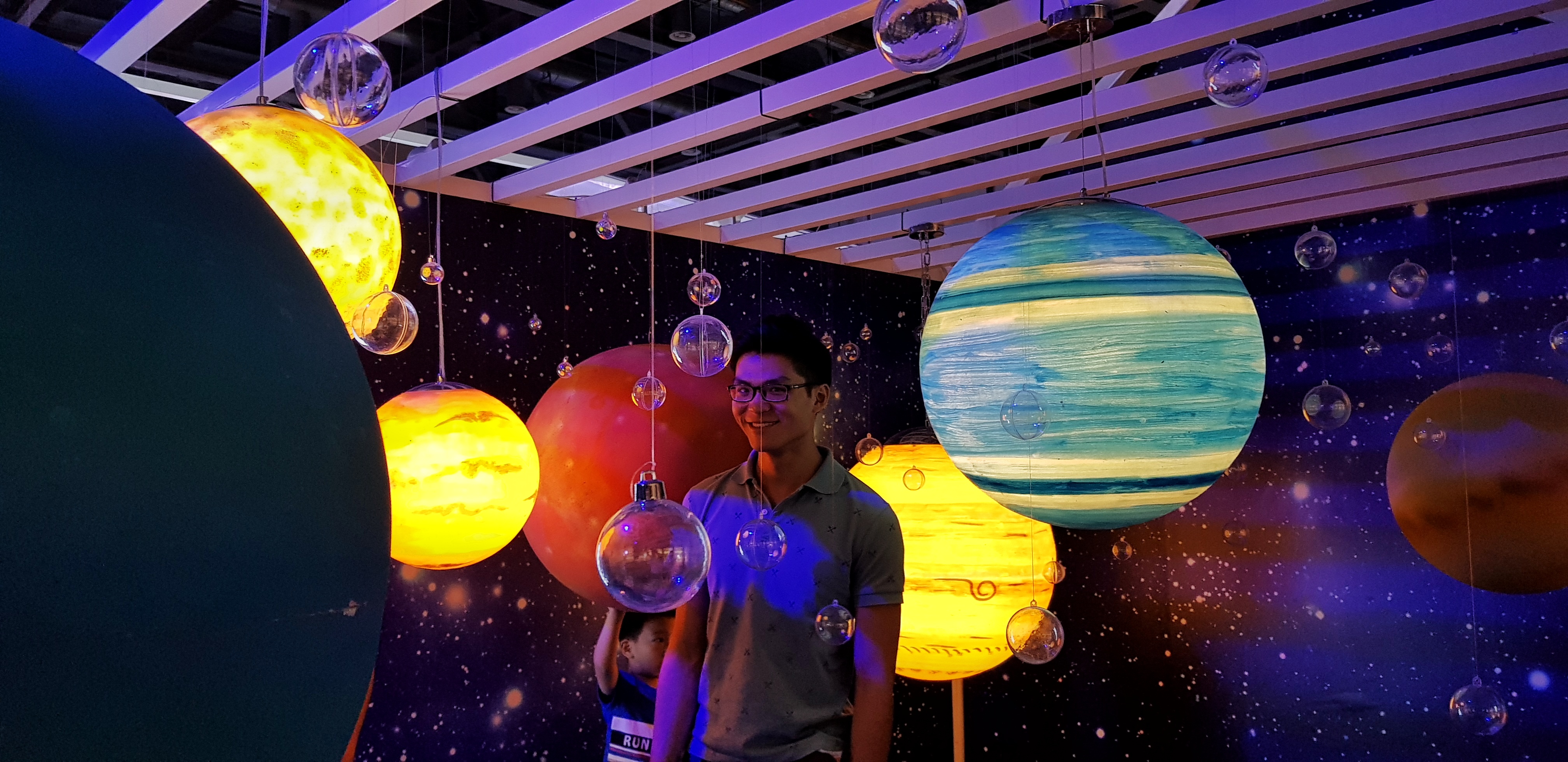
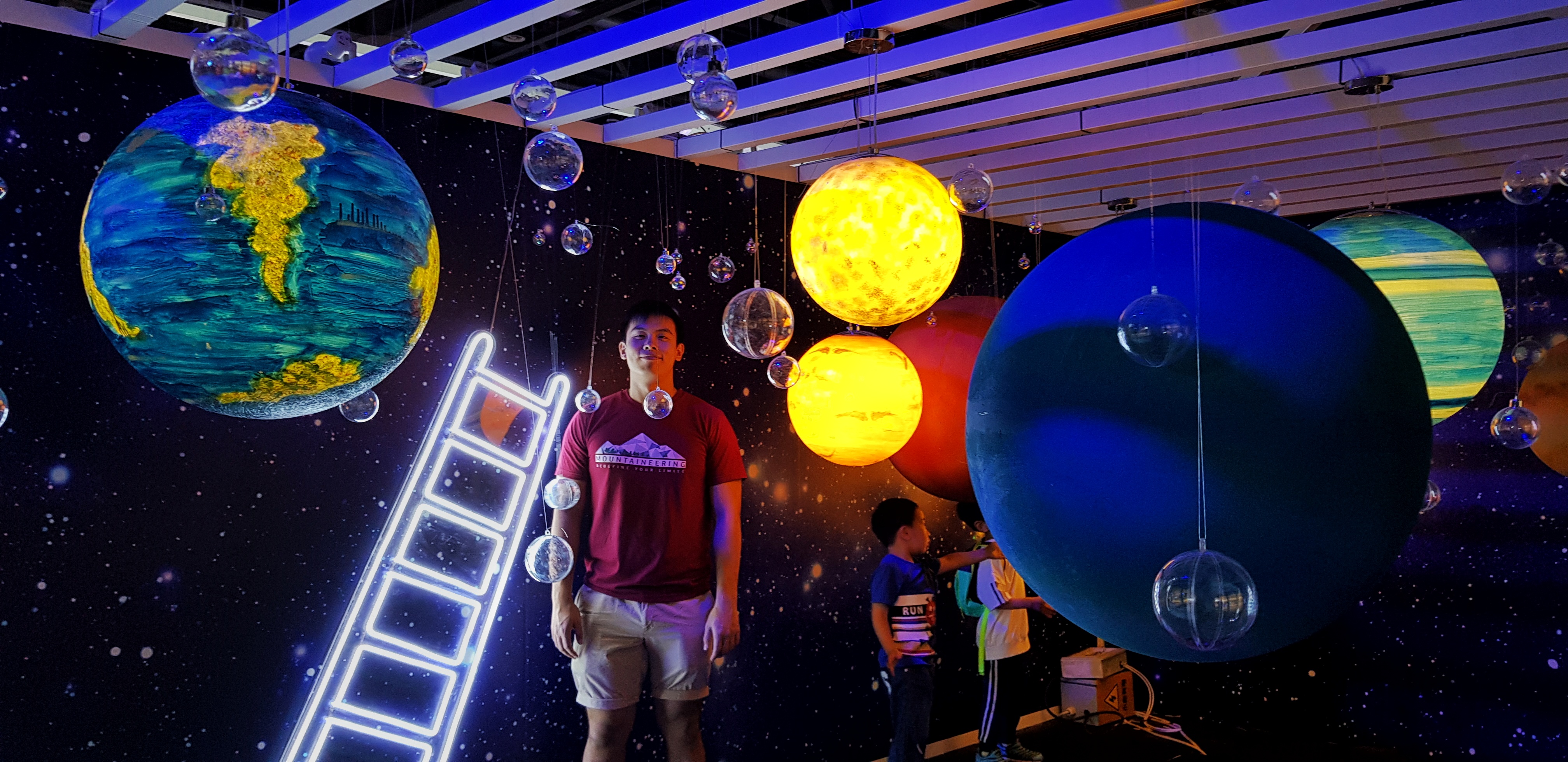
DIP DIP DIP
WELL you know how I said I’ve been hoping for a easy weeks ahead. I think I jinxed it.
For this week’s DIP presentation (which happens every Thursday) we were required to showcase a working prototype. Which I only found out on Tuesday (yay). So we were practically up to 3am every night working on our prototype since Tuesday.
I must admit that it was pretty fun to work on the prototype. We were tasked to set up a connection between a central RPI and Arduino modules. Well how did we do this? First we had to figure out how to make the RPI an Access Point (AP) which the other Arduino modules will connect to. Then we used the Arduino to create a webserver that takes a commands from requests made from the RPI. So at the end of it, we could use the RPI as a switch to control the Arduino. Cool eh? But too much work.
Well I’m still going to hope that next week is still going to be easier. So heh.




















